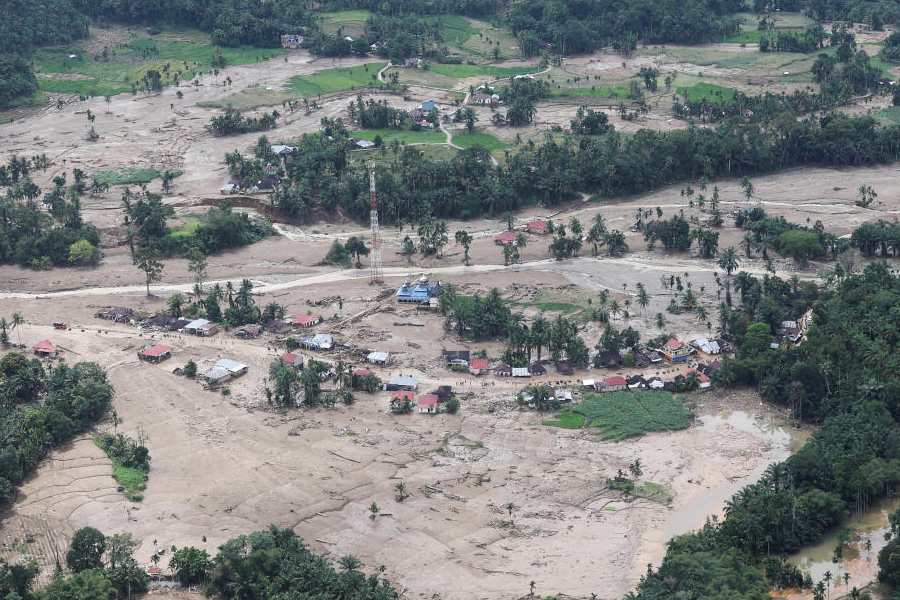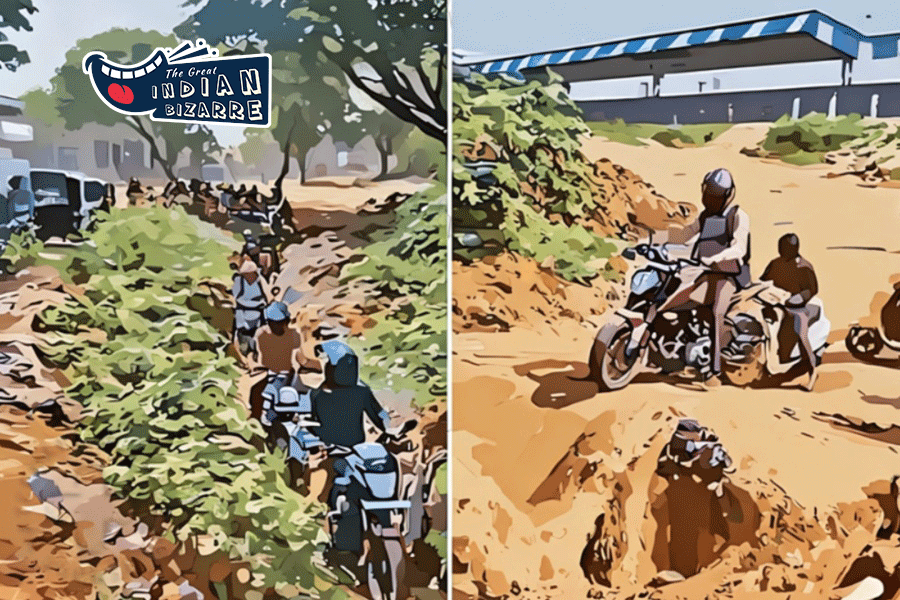 Sunday, 30 November 2025
Sunday, 30 November 2025
 Sunday, 30 November 2025
Sunday, 30 November 2025
Hundreds of roofs in the informal settlements of India's western Gujarat state have been painted in a reflective, white coating over the last two months to try to keep their occupants cooler as the hottest time of year approaches.
The effort, which involves 400 households in Ahmedabad, is part of a global scientific trial to study how indoor heat impacts people's health and economic outcomes in developing countries - and how "cool roofs" might help. "Traditionally, home is where people have come to find shelter and respite against external elements," said Aditi Bunker, an epidemiologist at the University of Heidelberg in Germany who is leading the project, supported by the UK-based Wellcome Trust.
"Now, we're in this position where people are living in precarious housing conditions, where the thing that was supposed to be protecting them is actually increasing their exposure to heat." As climate change has made India's summers more extreme, Ahmedabad has suffered temperatures in excess of 46 C (115 F) in recent years.
In the Vanzara Vas slum in the Narol area of the city, which has more than 2,000 dwellings, most of them airless, one-room homes, residents that are part of the project, such as Nehal Vijaybhai Bhil, say they have already noticed a difference.
"My refrigerator doesn't heat up any more and the house feels cooler. I sleep so much better and my electricity bill is down," said Bhil, whose roof was painted in January.
Across the world, heatwaves that, prior to the industrial revolution, had a one-in-10 chance of occurring in any given year are nearly three times as likely, according to a 2022 study in the journal Environmental Research Letters.
By painting roofs with a white coating that contains highly reflective pigments such as titanium dioxide, Bunker and her team are sending more of the sun's radiation back to the atmosphere and preventing it from being absorbed.
"In a lot of these low socioeconomic homes, there's nothing to stop the heat transfer coming down - there's no insulation barrier from the roof," Bunker said.
Before joining Bunker's experiment, Arti Chunara said she would cover her roof with plastic sheets and spread grass over them.
Some days, she and her family sat outside for most of the day, going into the house only for two to three hours when the heat was bearable.
The trial in Ahmedabad will run for one year, and scientists will collect health and indoor environment data from residents living under a cool roof - and from those who do not.
Other study sites are in Burkina Faso, Mexico and the island of Niue in the South Pacific, spanning a variety of building materials and climates.
Early results from the Burkina Faso trial, Bunker said, show that cool roofs reduced indoor temperature by between 1.2 C in tin- and mud-roofed homes, and 1.7 C in tin-roofed homes over two years, which subsequently lowered residents' heart rates.







